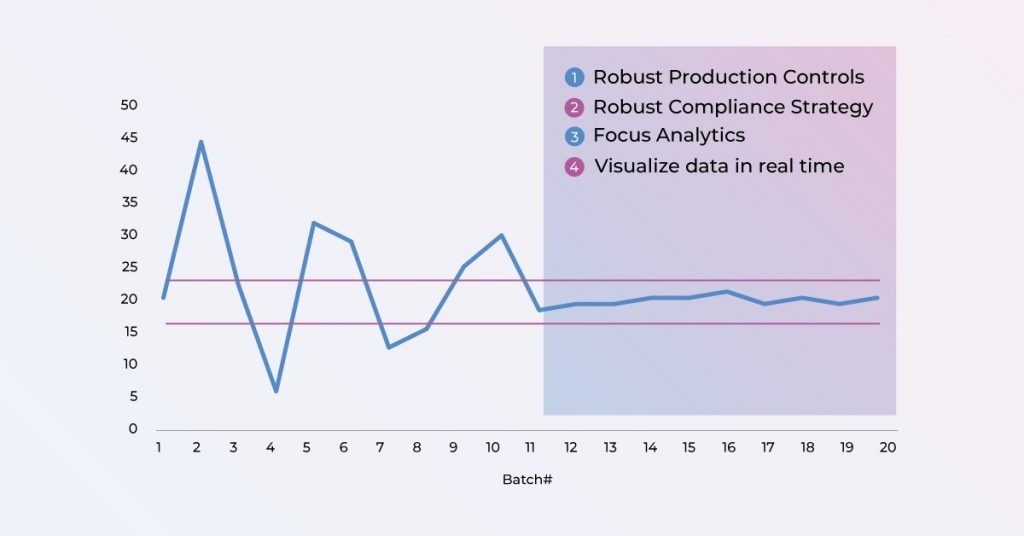Four Keys to Reducing Variability in the Cell Therapy Process

2. Ensure a Robust Compliance Strategy
How to reduce variability when producing a cell therapy – whether autologous or allogeneic? Regardless of the approach, the starting material itself is inherently variable and that is the part you can’t control. What you can do is reduce variability in quality and across the supply chain with the strategic collection and use of data.
1. Create Robust Production Controls
Production controls are essential to reduce variability, from early stage to commercialization. Some of my colleagues were from a company that made thousands and thousands of commercial lots of an approved cell therapy product. And how do you do that well? By controlling variability using standardized processes. Control what you can and try to reduce the variability of what is not as easily controlled.
Quality is inherently important to producing good cell therapy products and a compliance strategy is essential. The strategy allows you to assess and mitigate risk more effectively and efficiently. And while it may seem like an oxymoron, compliance and innovation really are partners. Having good controls and robust data tells you how you are doing from an innovation standpoint. How well you can innovate and try something new, such as functionally closing a process, implementing an automated solution, or developing a new process characterization method, is based on robust data.
3. Focus on the Analytics
For fresh autologous products, the ability to perform real-time testing and release (RTTR) is critical, enabling the rapid treatment of patients for short shelf-life products. Additionally, having the capability of conducting extensive analytics in-house as quickly as possible enables a rapid assessment of process performance and product compliance.
Nailing Your Process Development and Manufacturing Enhancement Early
4. Visualize Data in Real Time
In order to optimize processing decisions, it is best to visualize as much data in real-time during processing through robust and connected production and testing software systems. Production information is not only about data from the manufacturing floor, the full data set includes logistics, couriers, and material planning, which are critical for both autologous and allogeneic therapies.
At RoslinCT, we tie our variability-reducing strategies together with our Operations Command Center. This is where we try to visualize as much data as possible. We are looking at inbound and outbound logistics and flights so that we know what’s coming in, and what’s going out. We have production schedules that are highly visible to any employee working on a process, and we visualize production through run data in real-time. The sequencing of samples into our QC labs happens through the Operations Center as well, to prioritize for rapid testing.
Reducing variability all comes down to data. Acquiring production, logistics, and testing data as quickly as possible enables rapid, efficient, error-free production. For cell therapy products, good data drives the best decisions.
Be sure to check out the entire on-demand webinar to learn more about reducing variability and removing bottlenecks in your cell therapy process.
Nailing Your Process Development and Manufacturing Enhancement Early


